In the world of crafts, creating products from natural materials not only brings a rustic beauty but also reflects a commitment to the environment. How to make a bowl from jute is not just a question but a journey exploring the blend of art and functionality. A jute bowl, with its simple yet elegant appearance, demonstrates the versatile potential of jute – a plant-based, eco-friendly, and sustainable material. In this article, we will explore the process and basic steps to create a unique jute bowl that reflects your green and sustainable lifestyle.
Contents [hide]
1. Steps to make a DIY jute bowl
Creating a jute bowl is a delightful project that combines simplicity and rustic charm. To begin, you’ll need:
Materials:
- Rope/Jute (thicker is the best)
- Saran wrap– plastic wrap
- Mod-Podge
- Bowl of your choice as a template
Step-by-Step:
Step 1: Prepare the Materials
Gather jute twine, a hot glue gun or fabric glue, scissors, and a bowl or plate if you want a specific shape.
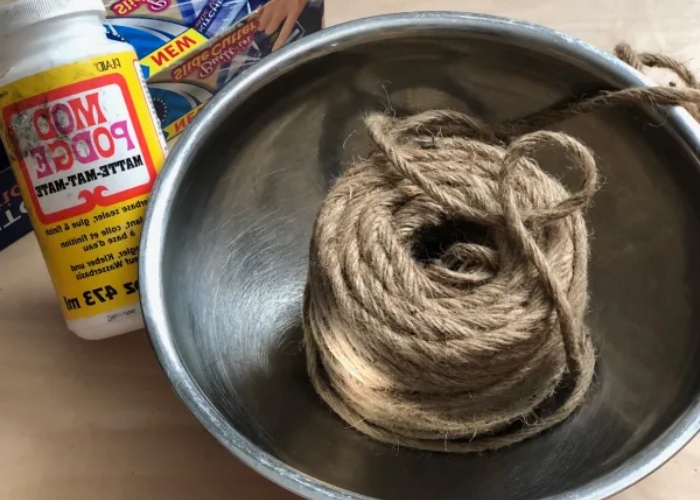
Step 2: Prepare the Bowl Template
Cover the bowl completely with plastic wrap to protect it from the glue and to ensure the jute bowl releases easily once dry. Use a foam brush to spread a generous amount of Mod Podge onto the plastic wrap-covered bowl.
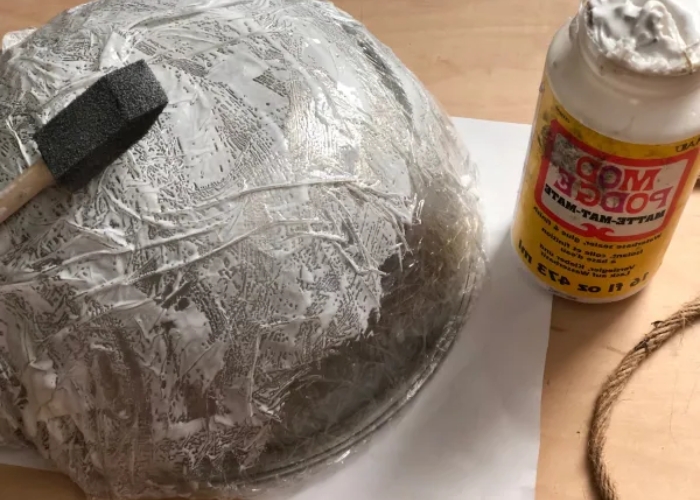
Step 3: Create the Base
Start layering the jute twine around the bowl, beginning at the top. Coil the twine into a small spiral, securing each turn with glue. Continue coiling and gluing to keep the spiral flat and even.
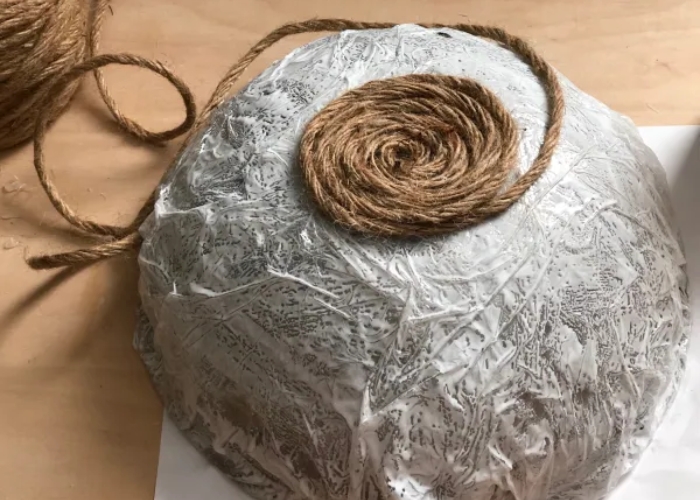
Step 4: Build Up Layers
Once the base reaches the desired size, begin curving the coiled jute upwards to form the sides of the bowl. Add additional layers, gluing each layer securely. Ensure the jute is layered evenly around the bowl, avoiding gaps for a uniform look.
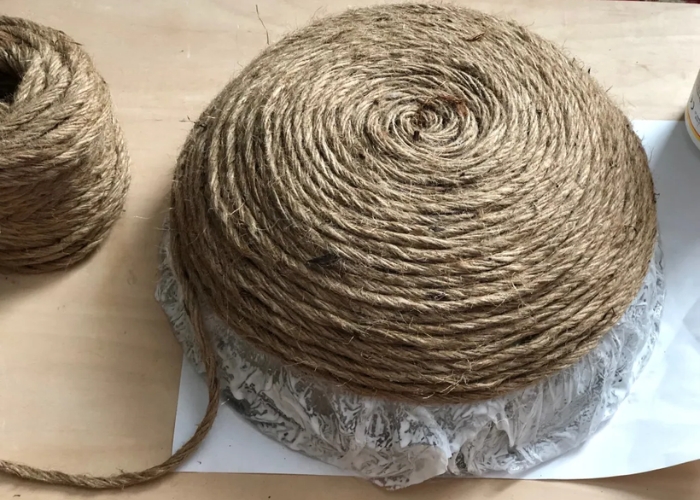
Step 5: Apply Additional Glue
To enhance the bowl’s durability, apply a thick coat of Mod Podge over the layered jute. Ensure the entire surface is covered. Allow the bowl to dry for a few hours, or overnight for best results.
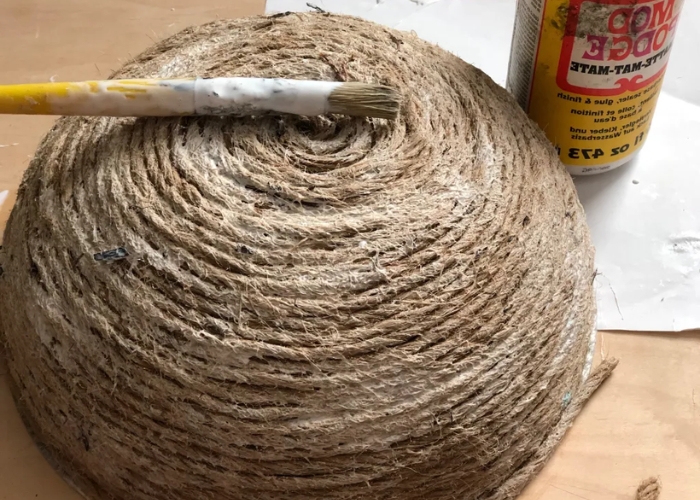
Step 6: Finish
Once the bowl is completely dry, carefully remove it from the plastic wrap and bowl template. Your DIY jute bowl is now ready for use, combining functionality with handmade charm.
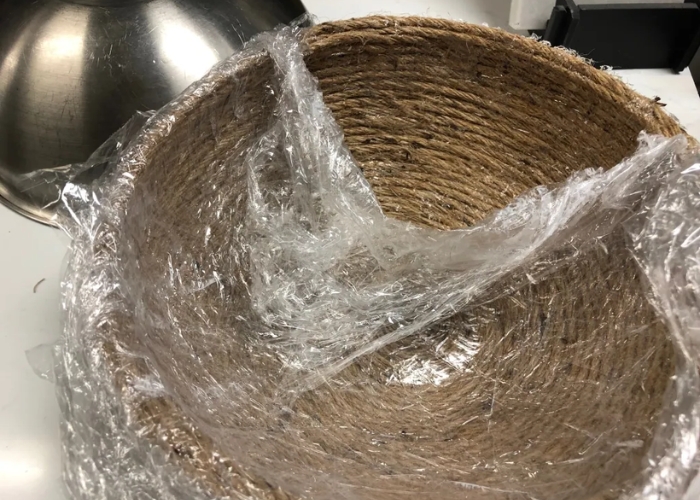
2. FAQs
Can I use a different type of twine instead of jute?
Yes, you can use different types of twine instead of jute for making coasters. Twine made from materials like cotton, hemp, or sisal can be great alternatives. Cotton twine is softer and easier to work with, while hemp and sisal offer similar durability and a rustic look to jute. Just keep in mind that the texture and strength of the twine will affect the final appearance and durability of your coasters.
How can I make a larger jute bowl?
To make a larger jute bowl, start by coiling and gluing jute twine into a small spiral for the base. Gradually increase the size by adding more layers, making the coils larger as you go. Shape the sides by curving them upwards and continue coiling around the edges. Add extra layers for sturdiness and let the bowl dry completely.
Is the jute bowl waterproof?
A jute bowl made with glue is not fully waterproof. While glue can provide some resistance to moisture, it doesn’t make the bowl completely water-resistant. To protect the bowl from water damage, you might consider applying a water-resistant sealant or liner. Keep in mind that jute and glue can still absorb moisture over time, so it’s best to use the bowl for dry or lightly damp items and avoid prolonged exposure to water.
How can I clean my jute bowl?
To clean a jute bowl, gently blot stains with a damp cloth and use a mild soap solution if needed. Avoid soaking the bowl; instead, blot with a dry cloth and let it air dry completely away from direct sunlight. For regular care, dust with a dry cloth or vacuum.
If you have any further questions, don’t hesitate to send thanhcongcraft an email us at info@thanhcongcraft.com or message us at WhatsApp: +84967485411. Hope to serve you soon! Best regard!


